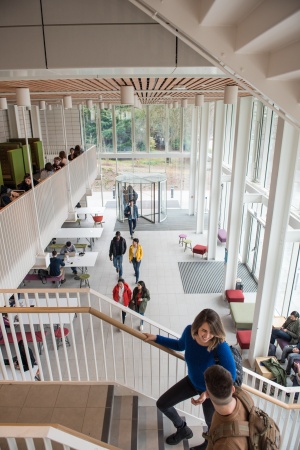
May 4, 2020, by Ross Wilson
Focused Thinking and Diffuse Thinking: How to Learn
In Liberal Arts, we are occasionally confronted with new subjects, new approaches and terminologies that we might not have worked with before. This is always the challenge for an interdisciplinary programme. However, this is the challenge that we like! We are interested in expanding ideas and learning new approaches. This can be made easier by thinking about how we learn.
A few years ago, there was a lot of discussion about how we needed to study or practice for 10,000 hours if we wanted to specialise in a field or a pursuit. That focused pursuit of excellence was required if we wanted to learn. However, whilst this may make us very good at a series of functions (e.g. the conjugations of German verbs, or, the function of algorithms), it might not help us think in broad terms and understand bigger issues (e.g. to understand how the use of particular verbs says something about identity and place, or, the role of algorithms in analysing shopping behaviour).
That’s because we acquire and use information in a range of ways. Professor Barbara Oakley has written about how we possess two modes, focused and diffuse. Focused is when we break information and data into chunks and try to learn them. This is the initial first step in learning a new subject or a new skill. We use our ability to focus on points to understand them. In this approach, we might want to organise our focused learning using techniques like the Pomodoro Method. But the process is the same. Focus learning allows us to break the task up into smaller pieces.
However, we need to make sense of all these chunks, and we need to apply them, too. This is where the diffuse mode is important. This is an approach that emphasises that our minds are active in engaging with a subject even when we are not explicitly focused upon them. We might be relaxing, cooking or doing the washing-up but our brains are piecing those ideas together. It is important that we take time away from the focused thinking to allow ourselves to make connections with this new information. This is sometimes known as the ‘bed-bus-bath’ approach, where we can link up data by doing something else.
The more time you spend on a specific task doesn’t necessarily help with the type of learning you need. Breaking the concepts into smaller pieces, using your focused approach and then allowing for the connections to be made with the diffuse mode allows us to obtain, retain and use the information we’re studying.
No comments yet, fill out a comment to be the first

Leave a Reply